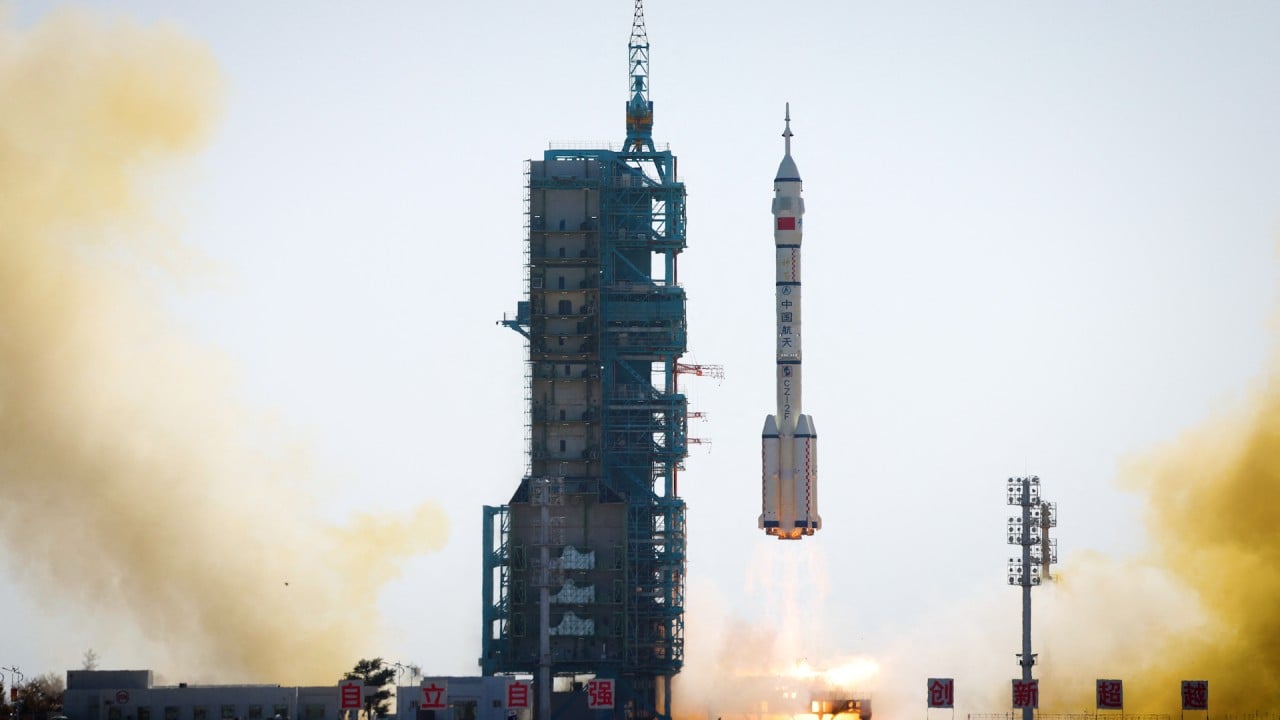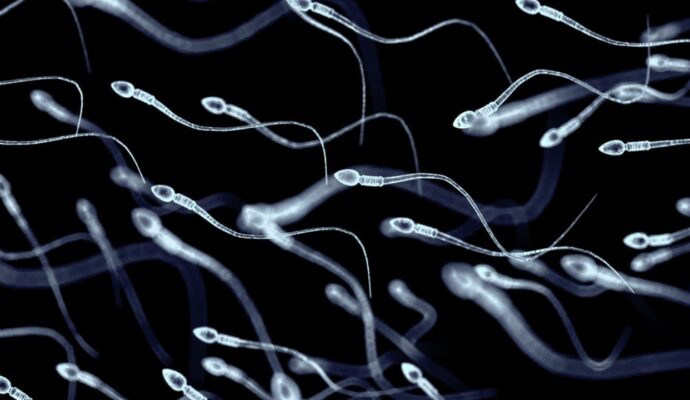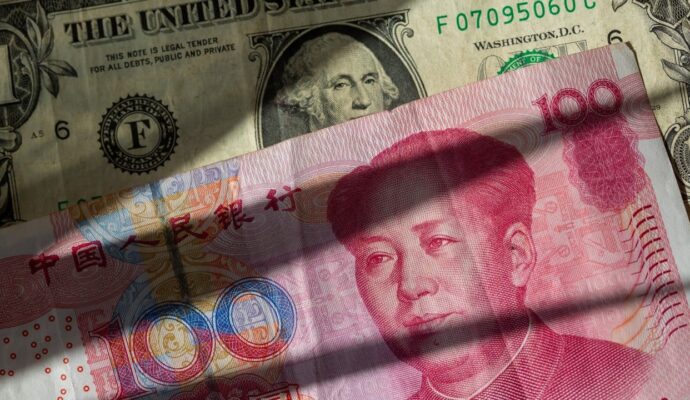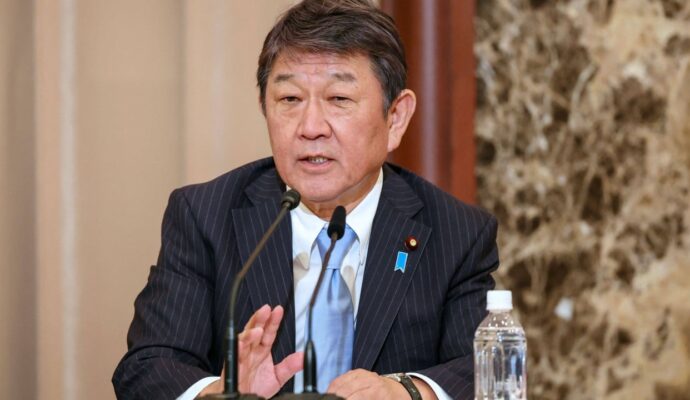The third crew member, Jiang Xinlin, stayed within the core module to oversee the movements of the robotic arm.
“This extravehicular mission is of extraordinary significance and very challenging. It is real business,” Tang said.
The flexible and bendable panels, also known as “wings”, can use the sun’s rays to help power the Tiangong.
Tiangong, a space station in low-Earth orbit, is made up of three modules – the Tianhe core module launched in 2021, and the Wentian and Mengtian experimental modules, both launched last year. All three are all equipped with two pairs of panels, covering a total area of over 800 square metres (8,611 sq ft).
“The space station will operate for more than 10 years and will inevitably be hit by space debris and micrometeors … these gigantic bendable solar panels are easily hit, so it requires very delicate maintenance to maintain stable operation,” aerospace analyst Pang Zhihao said.
The European Space Agency estimates that more than 130 million pieces of space debris are in orbit, including 36,500 pieces larger than 4 inches (10.2cm). As they circle the Earth faster than bullets, even the smallest fragments can damage spacecraft.
The extravehicular maintenance task posed several challenges, including the limited time available. Ding Rui, a developer at the China Academy of Space Technology, told state broadcaster CCTV that it took around 90 minutes for the Tiangong to orbit the Earth once. Of this, more than 50 minutes was spent exposed to the sun.
Exposure to solar rays would induce the panels to produce electric currents, endangering the maintenance mission. So the crew could only work while the space station was in the Earth’s shadow.
China shows full structure of Tiangong space station in first panoramic images
China shows full structure of Tiangong space station in first panoramic images
“Although this time it was said to be experimental, we actually achieved the purpose of [extravehicular] maintenance,” Dong Nengli, deputy chief designer of China’s Manned Space Engineering Project, told CCTV.
He applauded the astronauts for successful completion of the mission, saying it had “laid a solid foundation for us to ensure the safe, reliable and stable operation of the space station”.
The Shenzhou 17, featuring China’s youngest ever space crew, docked at Tiangong on October 26 for a six-month stay.
As of December 2021, astronauts on the International Space State had done 245 spacewalks to assemble and maintain the craft. The ISS was launched in 1998 and is a multinational collaboration, with input from the United States, Russia, Canada, Japan and some European nations.



